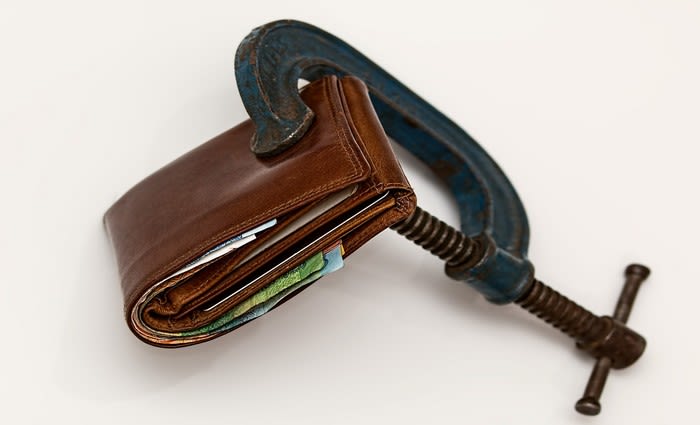Why we still have a housing affordability crisis: CoreLogic's Lisa Claes
EXPERT OBSERVER
Most Australians could well assume that recent falls in housing values have translated into more affordable housing. Lower prices, after all, should equate to better affordability.
We recently released our 2019 Perception of Housing Affordability report, and there was some good news on the affordability front with some 54% of Australians believing that housing affordability is the same or better than it was a year ago.
But despite that positive sentiment, there are several reasons why Australia is still facing a serious affordability crisis.
- Affordability ratios remain elevated
Firstly, the dwelling value to household income ratio today is 6.5 times. So, the typical Australian household is spending, on average, 6.5 times their gross annual income to buy a median-priced dwelling of $524,000. Less than 20 years ago it was 4.5 times. And the privilege of that problem is another. It takes, on average, 8.7 years to save for a 20% deposit.
That’s a long time; an eighth to a tenth of a lifetime.
- Housing costs are substantial
Australian households are spending 35% of their gross annual income to service their mortgage. That is a significant amount of disposable income they need consistently to be able to service their loan.
- Wages growth is anaemic
But while house prices remain elevated, incomes have not been rising in lockstep to match. Wages edged only slightly higher than inflation over the year ending June, up by 2.3%.1
- Prices are in the early stages of an upswing again
While affordability has improved with house price falls, these affordability gains may be unwound with prices now recently entering a new growth phase stimulated by the current lower interest rates and improved lending conditions. This recovery in housing values accelerated in August 2019 with national dwelling values increasing by 0.8% over the month.
- Australians are struggling to secure a loan
Our report found that 45% of Australians say securing loan approval is a major obstacle coming in at second whereas in 2017 Australians viewed it as the 6th most important concern. The rise of this concern comes amid a significant tightening of credit following the implementation of prudential regulations and increased focus on borrower spending behaviour.
- Low income householders struggle to save a deposit
And 31% of households with an income of less than $50,000 say they wouldn’t be able to raise more than a 5% deposit, and 41% wouldn’t be able to raise a deposit of more than 10%.
- Our most vulnerable
The generation most affected by the affordability crisis are amongst our youngest: Millennials.
The fall in housing values hasn’t however dented their desire to own their own home. We found that 86% of Millennials rated home ownership as important. That makes them the most passionate of all generations. More broadly, 81% of all Australians believe it is still important to own a home.
While desire to enter the housing market burns brightly for many it will be delayed with the number of Australians who think they will be at least 30 before leaving home jumping from 20% in 2017 to 34%.
Solutions
We believe that we should be moving beyond short-term cosmetic levers such as stamp duty concessions and first home buyer grants.
We need to be deploying more foundational levers such as transport infrastructure to carry people from affordable regions to job hot spots. We also need to create more jobs in those affordable areas.
Perhaps the most significant shift required is the transitioning from a stamp duty-based property tax scheme, which is inefficient and unfair, to a broad-based land tax.
Australians across all demographics and geographies are united in calling for action on stamp duty. We found that 79% of respondents thought the best strategy to improve housing affordability was to remove stamp duty (up from 73% in 2017).
No time for complacency
We can’t rely on house price falls to improve what remains a critical issue.
Affordability hasn’t gone away. Indeed, some 83% of non-property owners are still concerned about being able to afford their first or next home (87% in 2017).
Policy makers need to acknowledge that and continue to explore structural, long-term solutions to the affordability challenge.
We need to be proactive as a nation to address this problem. Otherwise, we risk alienating the next generation of Australians who will be locked out of the great Australian dream.
LISA CLAES is the CEO of CoreLogic International.
